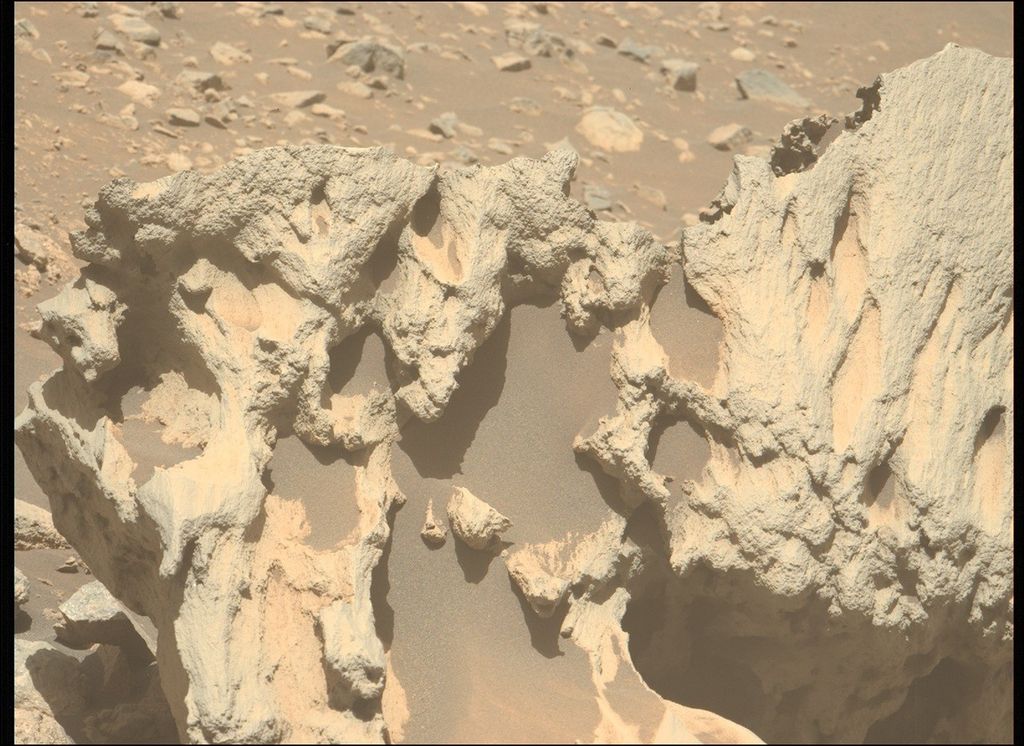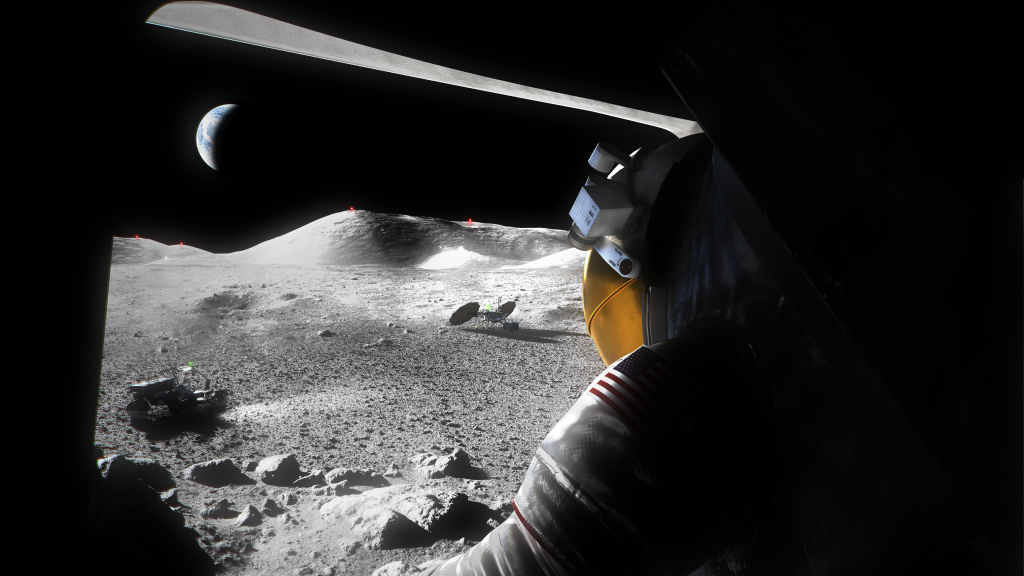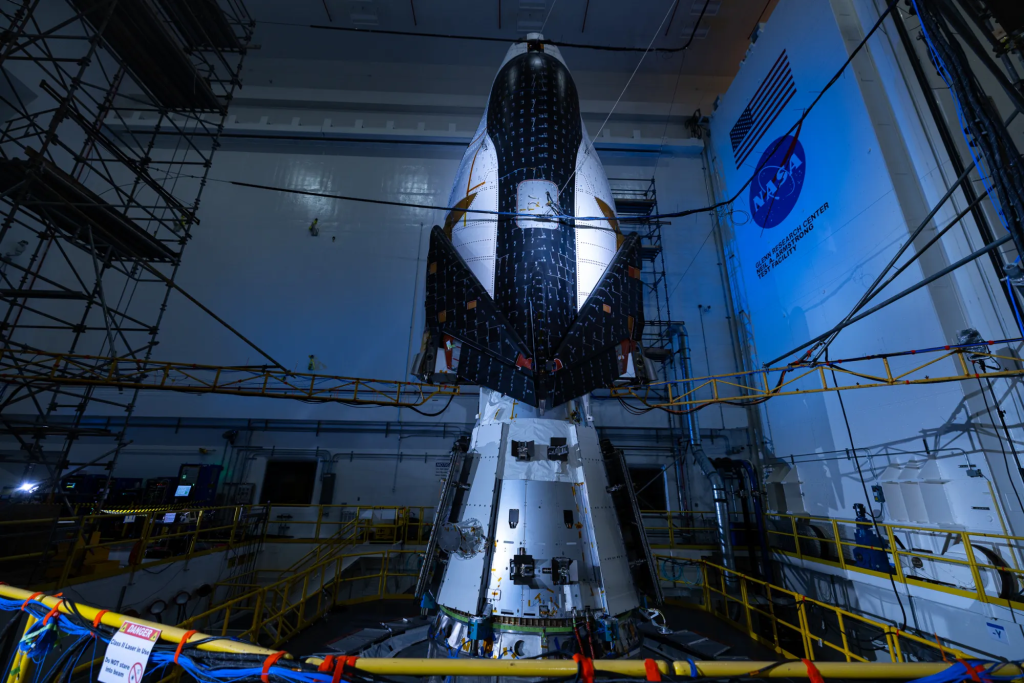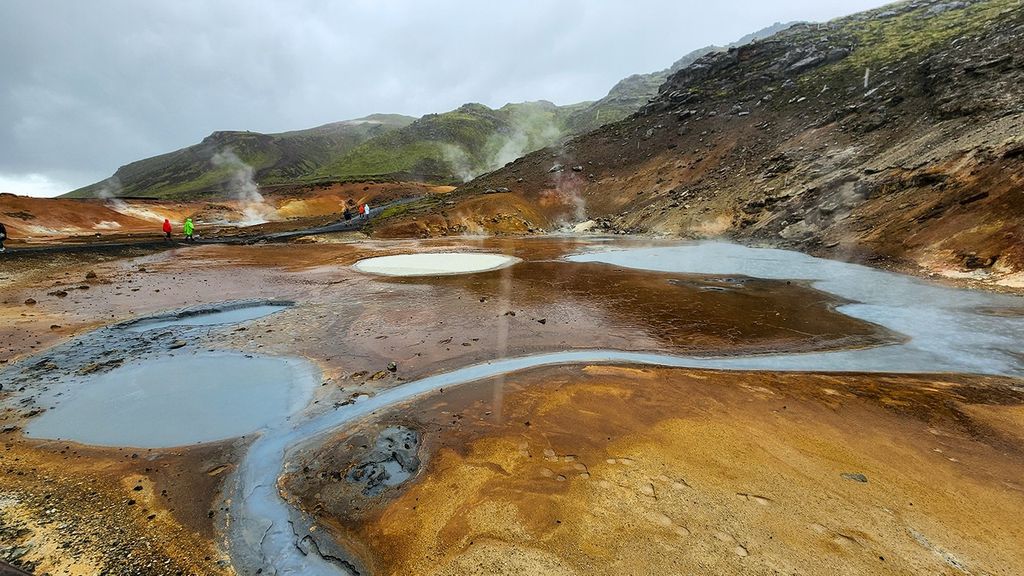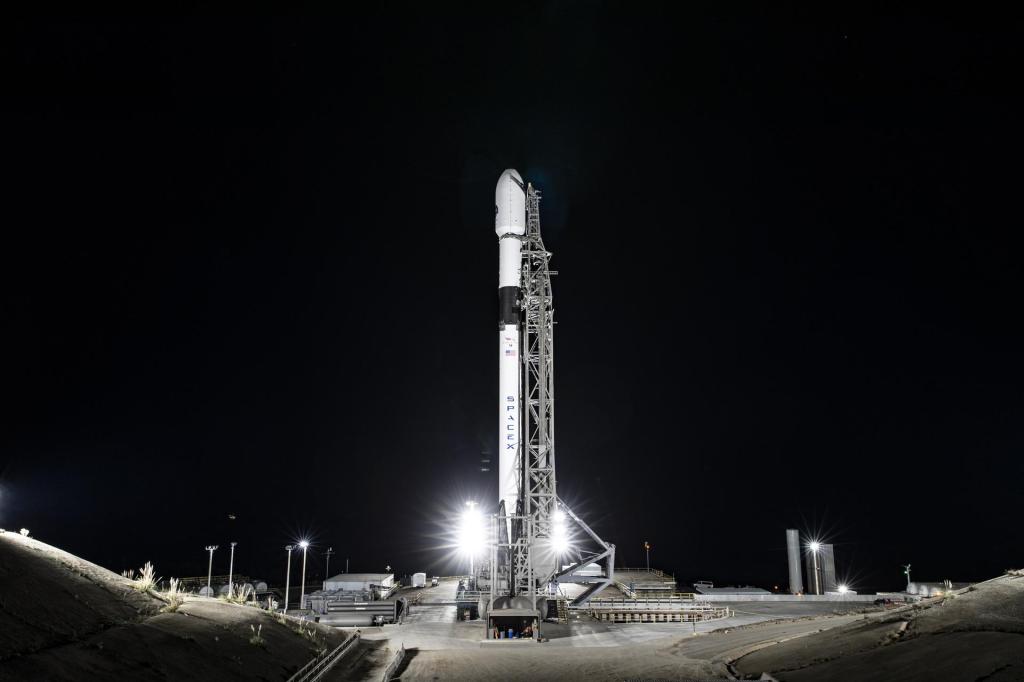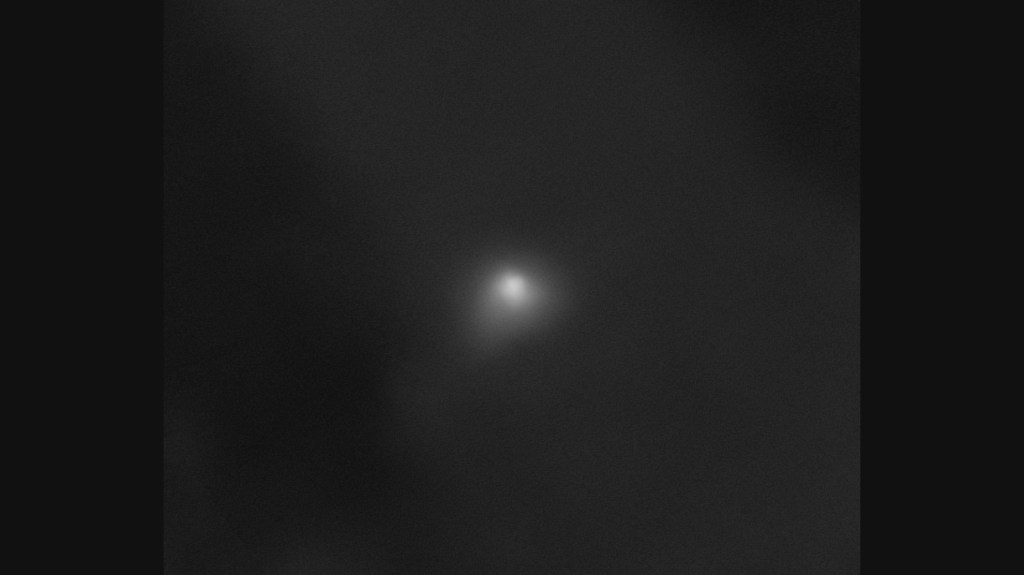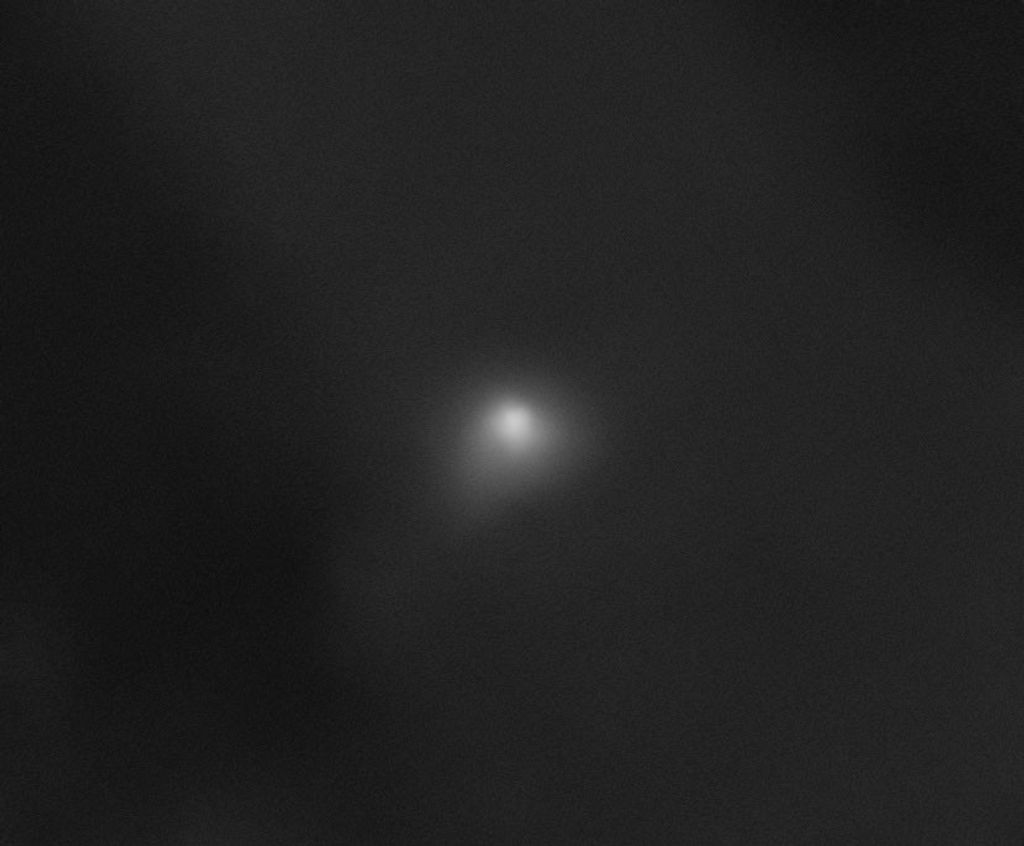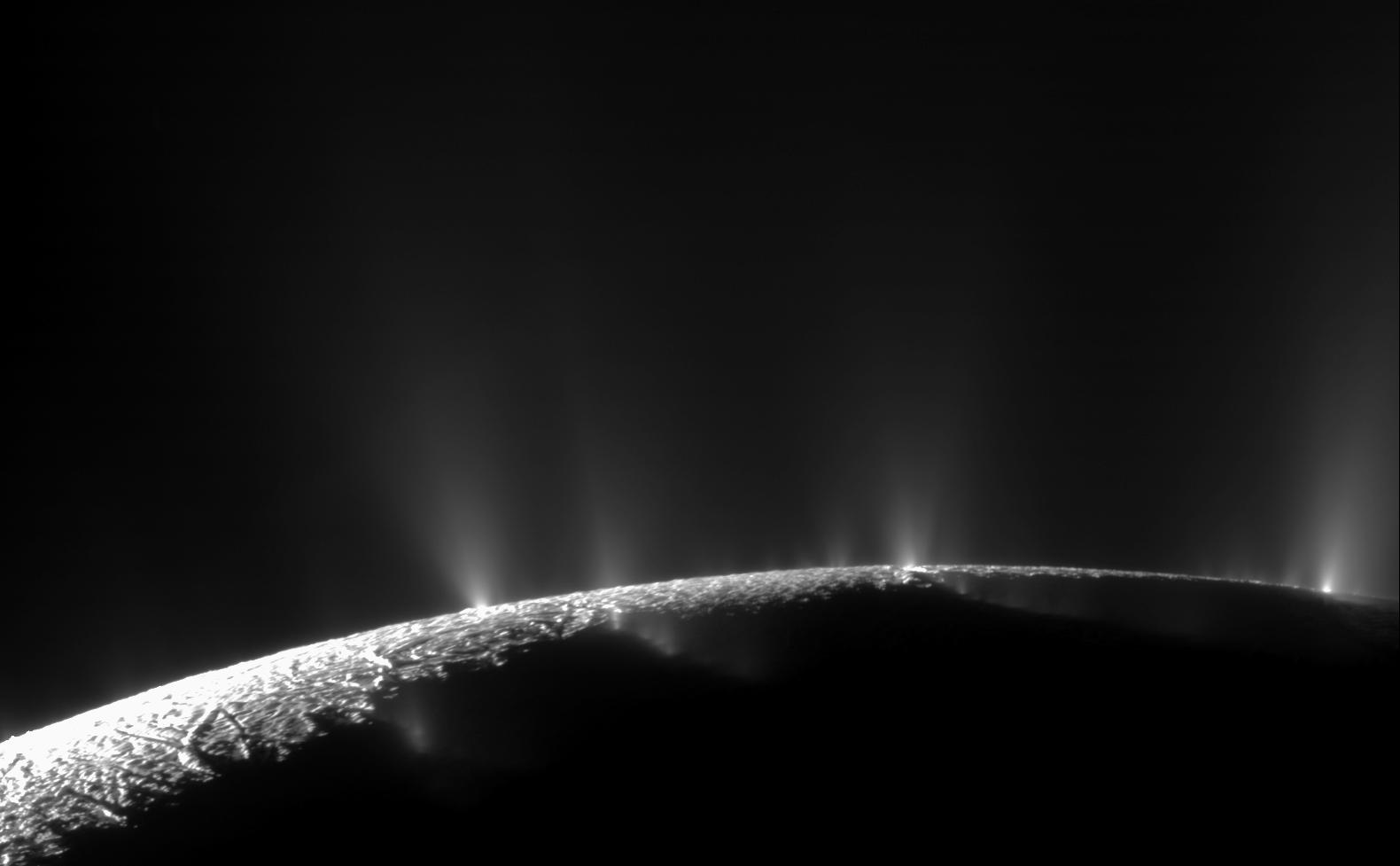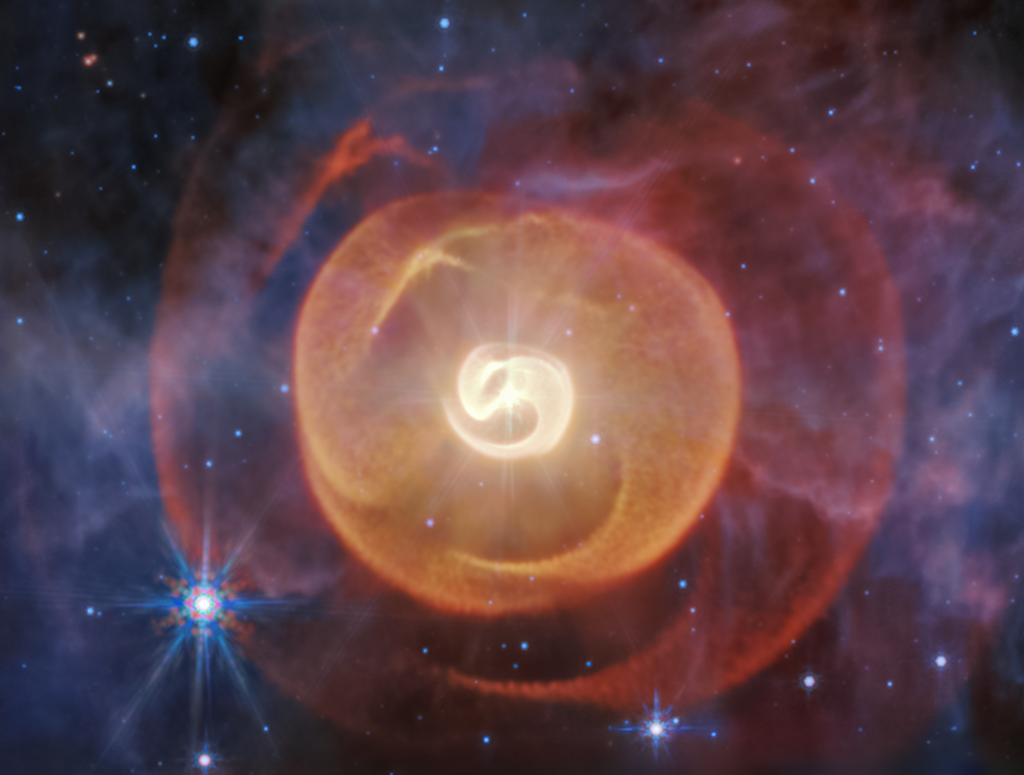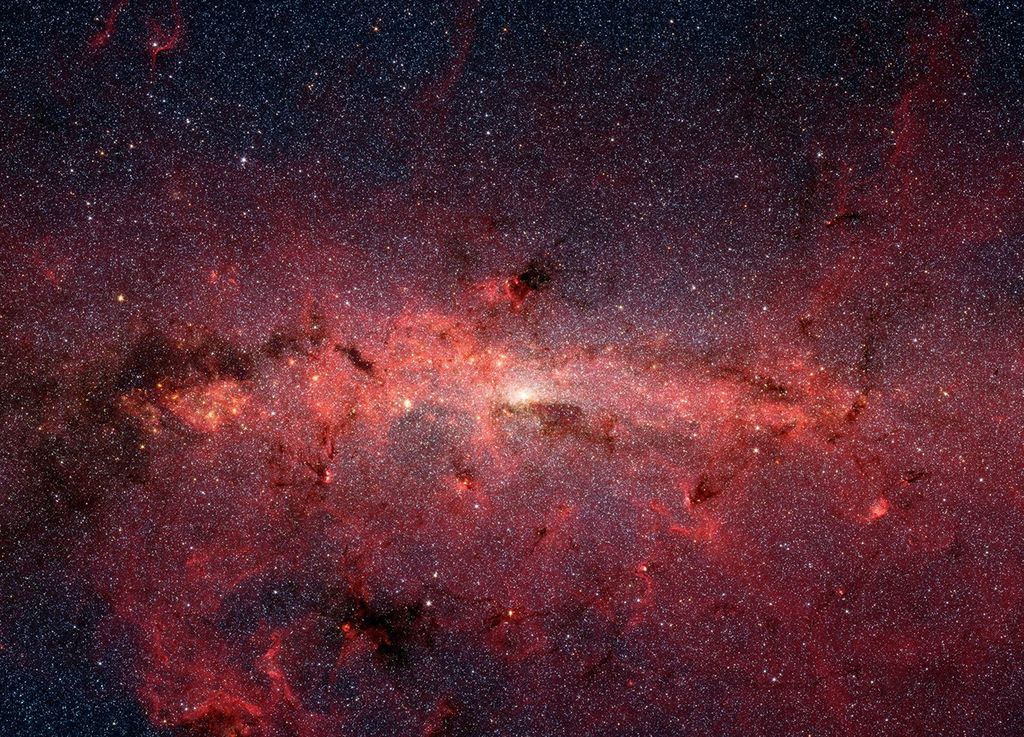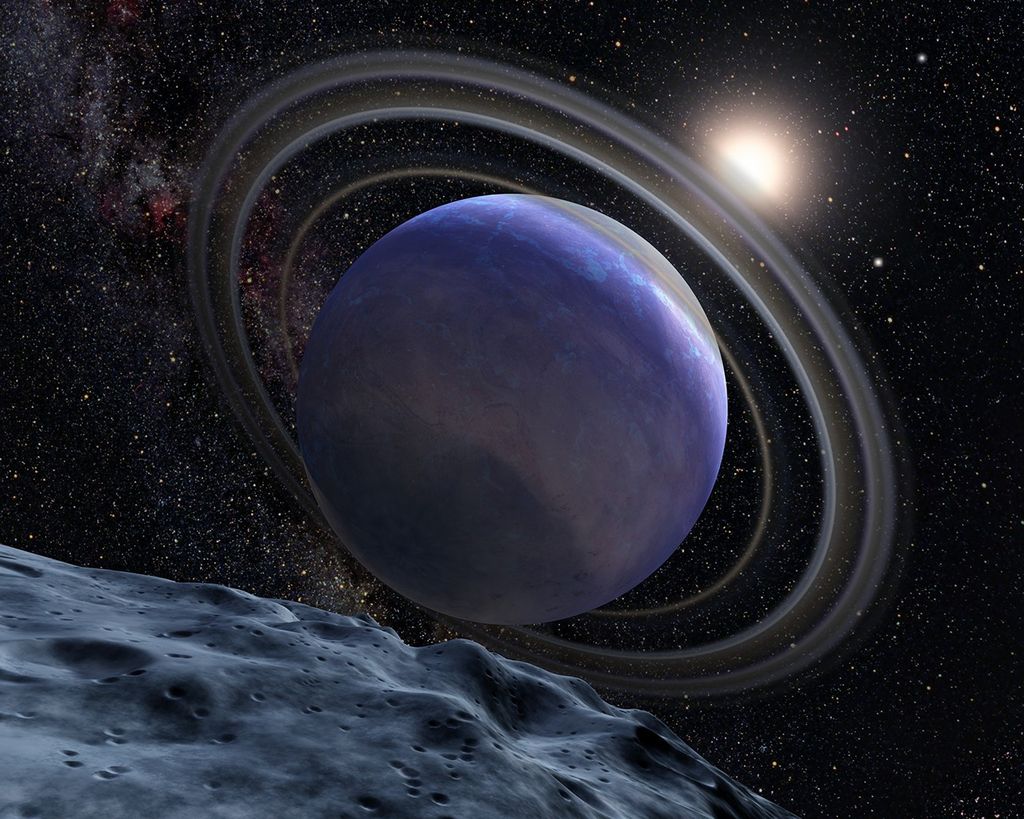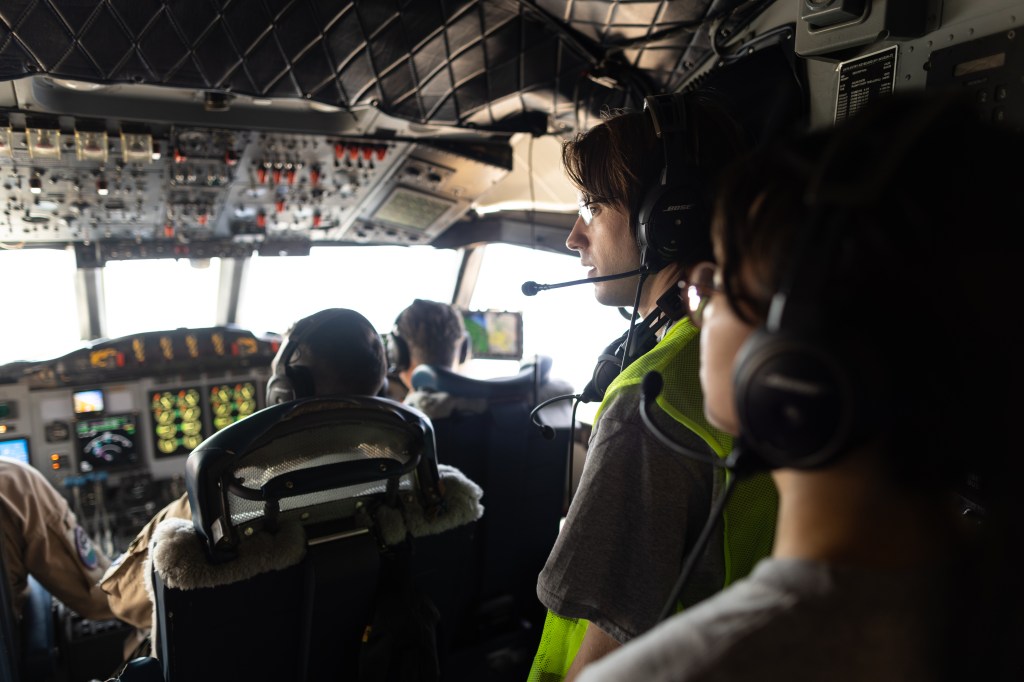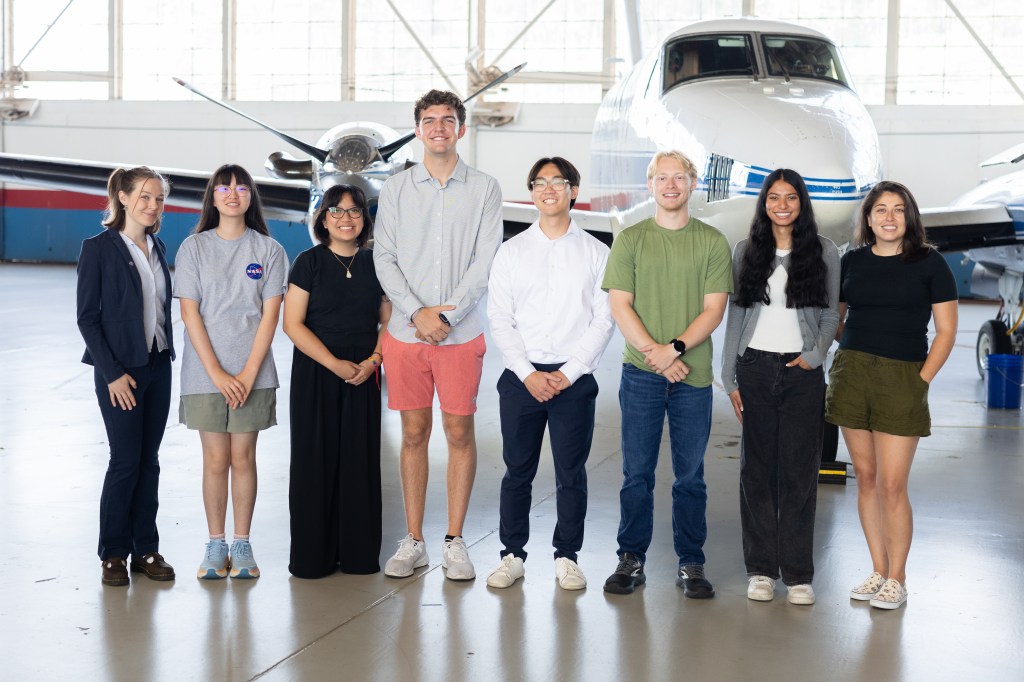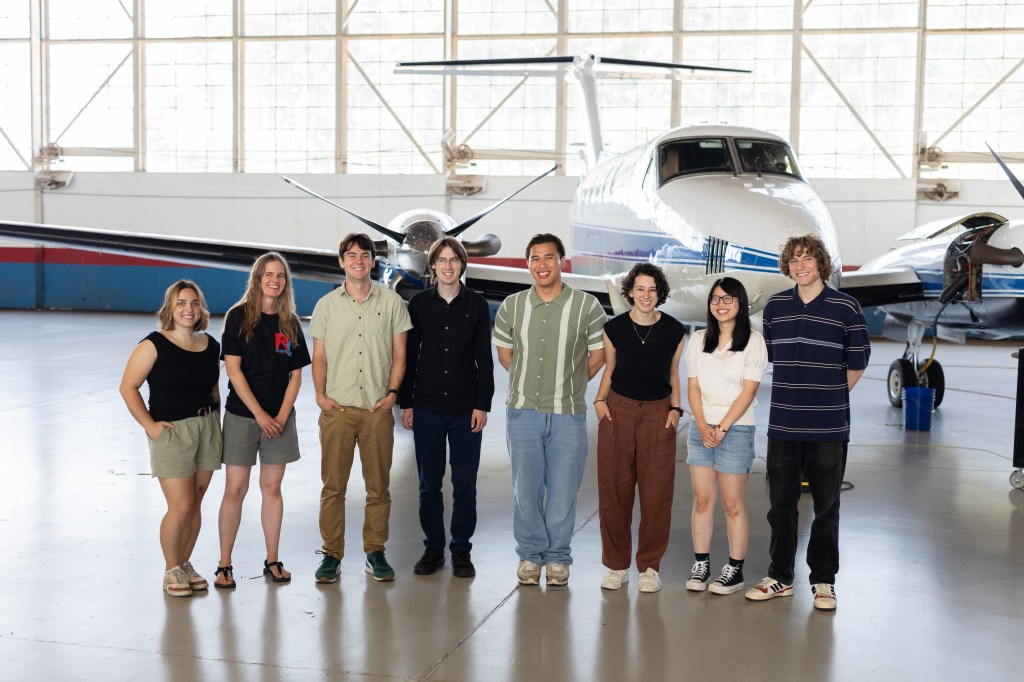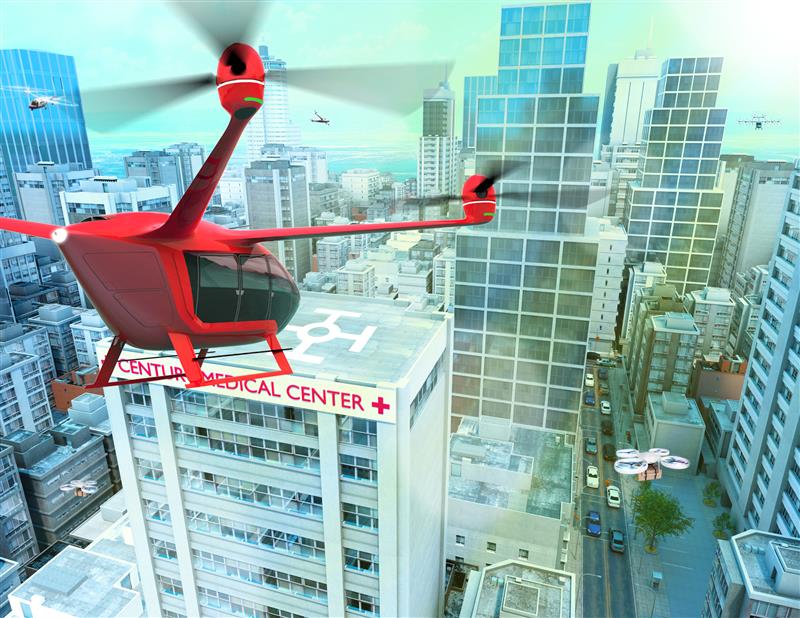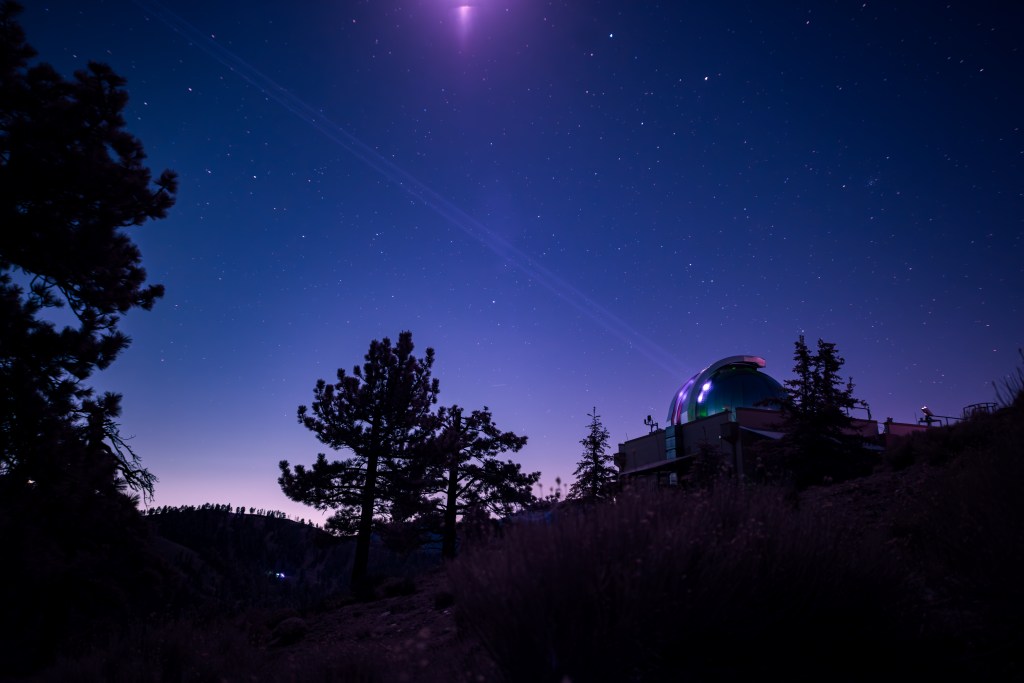Centennial Challenges
Challenge Winners
Since its inception in 2005, NASA’s Centennial Challenges Program Office has awarded more than $24 million to hundreds of citizen solvers. These solvers represent academics, startup founders, small business owners, researchers, and independent inventors from 49 U.S. states and 86 countries. Winning teams from the United States are eligible to receive prize funds, and international teams are eligible to receive agency recognition.
There are five Centennial Challenges that have never produced winners: Strong Tether (2005 – 2011), Moon Rox (2008 – 2009), Nanolaunch (2012 – 2013), Night Rover (2013 – 2014), and UAV Ops (2014 – 2015)
This list is updated as challenge milestones are completed.
Power Beaming (2005 – 2009)
The goal of this space elevator challenge was to build mechanical climbers that could propel wirelessly powered ribbon-climbing robots up a vertical cable with the assistance of a ground-based power supply.
November 2009
- 1st Place: LaserMotive, LLC
Lunar Lander (2006 – 2010)
The goal of the Lunar Lander Challenge was to design a Vertical Takeoff, Vertical Landing (VTVR) s uborbital rocket that can achieve the altitudes and launch energies that are equivalent to what would be needed for a lunar lander.
Level 1 | October 2008
- 1st Place: Armadillo Aerospace
- 2nd Place: Masten Space Systems
Level 2 | October 2009
- 1st Place: Masten Space Systems
- 2nd Place: Armadillo Aerospace
Personal Air Vehicle (2007 – 2008)
The goal of the Personal Air Vehicle Challenge was to create and use self-operated personal aircraft for speedy, quiet, easily handled, and efficient on-demand transportation.
August 2007
- 1st Place: Vance Turner
- 2nd Place: David Anders
- 3rd Place: John Rehn
Regolith Excavation (2007 – 2009)
The goal of the Regolith Excavation Challenge was to encourage the development of innovative robotic technologies for excavating lunar soil, known as regolith, autonomously or through teleoperation.
October 2009
- 1st Place: Paul’s Robotics
- 2nd Place: Terra Engineering
- 3rd Place: Brando
Astronaut Glove (2008 – 2009)
The goal of the Astronaut Glove Challenge was to encourage the development of stronger, more flexible, and more durable gloves to improve astronaut performance and reduce hand fatigue during spacewalks.
May 2007
- 1st Place: Peter Homer
November 2009
- 1st Place: Peter Homer
- 2nd Place: Ted Southern
General Aviation Technology (2008 – 2009)
The goal of the General Aviation Technology Challenge was to promote the development of safer, more fuel-efficient, and easier-to-operate small aircraft by encouraging innovation in general aviation technologies.
August 2008
- 1st Place: Vance Turner
- 2nd Place: John Dunham
- 3rd Place: Bob Basham
Green Flight (2011 – 2012)
The goal of the Green Flight Challenge was to advance the development of super-efficient, quiet, and environmentally friendly aircraft capable of flying 200 miles in under two hours using less than one gallon of fuel per passenger.
October 2011
- 1st Place: Pipistrel-USA
- 2nd Place: e-Genius
Sample Return Robot (2012 – 2016)
The goal of the Sample Return Robot Challenge was to demonstrate autonomous rover technologies that can be used to locate and retrieve specific samples without the use of Global Positioning Systems (GPS) or human intervention.
2013 Level 1 | June 2013
- 1st Place: Team Survey
2014 Level 1| June 2014
- 1st Place: West Virginia University
2015 Level 2 | June 2015
- 1st Place: West Virginia University
2016 Level 1 | June 2016
- 1st Place: Team AL
- 2nd Place: Alabama Astrobotics
- 3rd Place: Mind & Iron
- 4th Place: MAXed OUT
- 5th Place: Sirius
2016 Level 2 | September 2016
- 1st Place: West Virginia University
Cube Quest (2014 – 2023)
The goal of the Cube Quest Challenge was to develop small spacecraft capable of advanced operations in deep space through a series of four Ground Tournaments, with top winners’ technologies earning a free ride on NASA’s Artemis I.
Ground Tournament 1 | August 2015
- 1st Place: Team Miles
- 2nd Place: MIT KitCube
- 3rd Place: Cislunar Explorers
- 4th Place: Novel Engineering
- 5th Place: Ragnarok Industries
Ground Tournament 2 | March 2016
- 1st Place: Cislunar Explorers
- 2nd Place: MIT KitCube
- 3rd Place: EDS Triteia
- 4th Place: CU-E3
- 5th Place: Team Miles
Ground Tournament | October 2016
- 1st Place: Team Miles
- 2nd Place: Cislunar Explorers
- 3rd Place: CU-E3
- 4th Place: KitCube
- 5th Place: SEDS Triteia
Ground Tournament 4 | June 2017
- 1st Place: Cislunar Explorers
- 2nd Place: CU-E3
- 3rd Place: Team Miles (flew on Artemis I)
Mars Ascent Vehicle (2015 – 2017)
The goal of the Mars Ascent Vehicle challenge was to simulate the collection of samples from the Martian surface, placing them into Mars orbit for collection, and returning them to Earth.
Inaugural Competition | April 2015
- 1st Place: North Carolina State University
- 2nd Place: Tarleton State University
Second Competition | April 2016
- 1st Place: Cornell University
- 2nd Place: Madison West (Wisconsin) High School
- 3rd Place: Tarleton State University
3D Printed Habitat (2015 – 2019)
The goal of the 3D Printed Habitat Challenge was to build a habitat-like structure using 3D printing technology and materials found on the surface of Mars in order to advance the technologies available for future long duration missions.
Phase 1 | May 2017
- 1st Place: SEArch/CloudAO
- 2nd Place: GAMMA
- 3rd Place: LavaHive
- Runner-Up: Hybrid Composites
- People’s Choice: GAMMA
- Best in Class – Best Technical Proposal: A.R.C.H.
- Best in Class – Best Architectural Design: MOA Architecture
- Best in Class – Best Use of Space: CTLGroup:Mars
- Honorable Mention: Tridom
- Honorable Mention: Martian Domes
- Honorable Mention: LeeLabs
Phase 2, Level 1 | May 2017
- 1st Place: Foster + Partners and Branch Technology
- 2nd Place: University of Alaska, Fairbanks
Phase 2, Level 2 | July 2017
- 1st Place: Moon X Construction
- 2nd Place: Form Forge and Oregon State University
- 3rd Place: Foster + Partners and Branch Technology
- 4th Place: University of Alaska of Fairbanks
- 5th Place: CTL Group Mars
- 6th Place: ROBOCON
Phase 2, Level 3 | August 2017
- 1st Place: Foster + Partners | Branch Technology
- 2nd Place: Pennsylvania State University
Phase 3, Level 1 | June 2018
- 1st Place: Team Zopherus
- 2nd Place: AI. SpaceFactory
- 3rd Place: Kahn-Yates
- 4th Place: SEArch+ and Apis Cor
- 5th Place: Northwestern University
Phase 3, Level 2 | July 2018
- 1st Place: SEArch+ and Apis Cor
- 2nd Place: Pennsylvania State University
- 3rd Place: FormForge, Austin Industries, and WPM
Phase 3, Level 3 | August 2018
- 1st Place: SEArch+ and Apis Cor
- 2nd Place: AI. SpaceFactory
- 3rd Place: Pennsylvania State University
- 4th Place: Colorado School of Mines and ICON
Phase 3, Level 4 | March 2019
- 1st Place: SEArch+ and Apis Cor
- 2nd Place: Team Zopherus
- 3rd Place: Mars Incubator
Phase 3, Level 5 | May 2019
- 1st Place: AI. SpaceFactory
- 2nd Place: Pennsylvania State University
Space Robotics (2016 – 2021)
The goal of the Space Robotics Challenge was to advance robotic software and autonomous capabilities for space exploration missions on the surface of extraterrestrial objects, such as distant planets or moons.
Phase 1 Qualifying Round | January 2017
- BIT PLEASE
- Coordinated Robotics
- Mingo Mountain Robotics
- MITs
- Mystic
- Nevermore
- Ring of the Nibelungs
- Sirius
- SpaceBucs
- Space Weavers
- Team AL v.2.0
- Team Olympus Mons
- Team Olrun
- THE HUMANZ ARE DEAD
- Walk Softly
- Whalers
- WPI Humanoid Robotics Lab
- WV Robotics Team
- Xion Systems
- ZARJ
Phase 1 Competition | June 2017
- 1st Place: Coordinated Robotics
- 2nd Place: Walk Softly
- 3rd Place: Team Olympus
- 4th Place: ZARJ
Phase 2 Qualifying Round | January 2021
- 1st Place: Olympus Mons
- 1st Place: Robotika
- 1st Place: Runaround Robots
- 1st Place: Team Capricorn
- 1st Place: Team Mountaineers
- 1st Place: Walk Softly
- 2nd Place: Mingo Mountain Robotics
- 3rd Place: AMI Technologies LLC
- 3rd Place: Future Robotics
- 3rd Place: God & Golem, Inc.
- 3rd Place: Lycanthropic Lunar Lunatics
- 3rd Place: MoonrAlders
- 3rd Place: Team Swarmathon
- 3rd Place: The University of Adelaide
- 3rd Place: University of Houston – Clear Lake and San Jacinto College
- 3rd Place: Whalers
- Qualifier: Columbia Space Initiative
- Qualifier: Team Schmidty
- Qualifier: The Luminosity Lab
- Qualifier: Team Olrun
- Qualifier: PRIME
- Qualifier: Purdue-Hongik Team
Phase 2 Competition | September 2021
- 1st Place: Olympus Mons
- 2nd Place: Robotika
- 3rd Place: The University of Adelaide
- 4th Place: WalkSoftly
- 5th Place: Whalers
- 6th Place: Team Mountaineers (West Virginia University)
- 7th Place: Future Robotics Lab
Vascular Tissue (2016 – 2021)
The goal of the Vascular Tissue Challenge was to generate artificial heart, lung, kidney, liver, muscle, or pancreas tissue in a 1cm x 1cm square, which is sufficiently vascularized to keep the tissue alive for at least 30 consecutive days.
June 2021
- 1st Place: Team Winston of Wake Forest Institute for Regenerative Medicine
- 2nd Place: Team WFIRM Bioprinting of Wake Forest University
CO2 Conversion (2018 – 2021)
The goal of the CO2 Conversion Challenge was to manufacture a high energy substrate to serve as “food” for microbial reactors, which would be employed to produce a variety of organic materials.
Phase 1 | April 2019
- Air Company
- Dioxide Materials
- Lotus Separations LLC and Aldol Additions
- Peidong Yang Group and Space-Sugar
- RenewCO2 LLC
Phase 2 | August 2021
- Air Company
- Hago Energetics, Inc.
- Peidong Yang Group and Space-Sugar
Watts on the Moon (2020 – 2024)
The goal of the Watts on the Moon Challenge was to encourage the development of innovative energy solutions to generate, store, and distribute power on the Moon to support lunar surface operations and future human missions.
Phase 1 | May 2021
- 1st Place: Astrobotic Technology
- 1st Place: Planetary Surface Technology Development Lab
- 1st Place: Skycorp Inc.
- 2nd Place: Astrolight
- 2nd Place: KC Space Pirates
- 2nd Place: Philip Lubin’s Team
- 2nd Place: Team FuelPod
Phase 2, Level 1 | August 2022
- Electric Moon
- Michigan Technological University Planetary Surface Technology Development Lab
- Orbital Mining Corporation
- Philip Lubin’s Team
- Skycorp
- Virtus Solis Technologies, Inc.
- X-Wheel Inc.
Phase 2, Level 2 | June 2023
- Electric Moon
- Michigan Technological University Planetary Surface Technology Development Lab
- Orbital Mining Corporation
- Philip Lubin’s Team
Phase 2, Level 3 | September 2024
- 1st Place: Philip Lubin’s Team
- 2nd Place: Orbital Mining Corporation
Break the Ice (2020 – 2024)
The goal of the Break the Ice Challenge was to develop robots that can excavate and transport large amounts of icy lunar regolith on the Moon to support in-situ resource utilization, such as extracting water for life support and fuel.
Phase 1 | August 2021
- 1st Place: Redwire Space
- 2nd Place: Colorado School of Mines
- 3rd Place: Austere Engineering
- Runner-Up: AggISRU
- Runner-Up: Aurora Robotics
- Runner-Up: Ice Diggers
- Runner-Up: Lunar Lions
- Runner-Up: Offworld Robotics
- Runner-Up: Oshkosh Corporation
- Runner-Up: Rocket M
- Runner-Up: Space Trajectory
- Runner-Up: Team AA-Star
- Runner-Up: Team LIQUID
- Runner-Up: Terra Engineering
Phase 2, Level 1 | December 2022
- Aurora Robotics
- Cislune Excavators
- Ice Busters
- Ice Diggers
- Lunar Wombats
- Moog Inc.
- Moon Industry
- Michigan Technological University Planetary Surface Technology Development Lab
- OffWorld Robotic Mining Team
- Redwire Space
- Space Trajectory
- Starpath
- Team Chandra
- Team xTrac Planetoid Mines
- Terra Engineering
Phase 2, Level 2 | December 2024
- 1st Place: Starpath
- 2nd Place: Terra Engineering
- 3rd Place: Ice Diggers
- Runner-Up: Cislune Excavators
- Runner-Up: Michigan Technological University Planetary Surface Technology Development Lab
- Runner-Up: Space Trajectory
Phase 2, Level 3 | June 2024
- 1st Place: Terra Engineering
- 2nd Place: Starpath
- Honorable Mention: MTU-PSTDL
Deep Space Food (2021 – 2024)
The goal of the Deep Space Food Challenge was to invent novel, efficient, and sustainable food production systems that can support long-duration space missions by providing safe, nutritious, and palatable food for astronauts.
Phase 1 | October 2021
- ALSEC Alimentos Secos SAS
- Ambar
- Astra Gastronomy
- BeeHex
- BigRedBites
- Bistromathic
- Cosmic Eats
- Deep Space Entomoculture
- Electric Cow
- Enigma of the Cosmos
- Far Out Foods
- Hefvin
- Interstellar Lab
- JPWORKS SRL
- KEETA
- Kernel Deltech
- LTCOP
- Mission: Space Food
- Natufia X Edama
- Nolux
- Project MIDGE
- RADICLE-X
- SIRONA NOMs
- Solar Foods
- Space Bread
- Space Lab Café
- µBites
- π
Phase 2, Level 1 | January 2023
- Air Company
- Enigma of the Cosmos
- Far Out Foods
- InFynity
- Interstellar Lab
- Kernel Deltech USA
- Mu Mycology
- Mycorena
- Nolux
- SATED
- Solar Foods
Phase 2, Level 1 | May 2023
- Air Company
- Enigma of the Cosmos
- Interstellar Lab
- Kernel Deltech USA
- Mycorena
- Nolux
- SATED
- Solar Foods
Phase 3 | August 2024
- 1st Place: Interstellar Lab
- 2nd Place: SATED
- 3rd Place: Nolux
- Tyler Florence Award for Culinary Innovation: SATED
- International Winner: Solar Foods
- International Runner-Up: Enigma of the Cosmos
- International Runner-Up: Mycorena
LunaRecycle (2024 – Present)
The goal of the LunaRecycle Challenge is to design and develop recycling solutions that can reduce non-metabolic waste and improve the sustainability of longer-term lunar missions.
Phase 1: Prototype Build | June 2025
- Acme Space
- CERBERUZ
- Cislune
- Lunar Nanomand
- Moon Made
- Phoenix Loom
- Plastronauts
- SelenoCycle Innovations
- NBRaINS
- DOPS go’s Lunar
- Waste Parrot
Phase 1: Digital Twin | June 2025
- Acme Space
- Cislune
- Gensler Advanced Concepts
- PRIME
- Terasynth
- Esperanza




